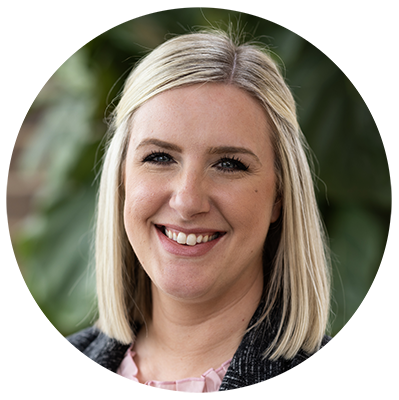When people talk about money and retirement, we most often talk about planning, saving, and investing. We spend much less time talking about how to handle withdrawing and spending in retirement. Yet, retirement can span two or three decades, so figuring out early on how to set income and expenses is critical to ensuring you don’t run out of money or shortchange your lifestyle needlessly.
We’ve all heard stories of Ebenezer Scrooge, and many of us likely know someone like the fabled Dickens character who refuses to spend money despite an obvious abundance. Some people underspend in retirement because they don’t know how to set a sustainable withdrawal rate and they worry they’ll outlive their savings.
A recent study by BlackRock, a global investment manager, found that most current retirees still have 80% of their pre-retirement savings even after almost two decades in retirement. A third of retirees even grew their assets throughout this time. While this may sound like a positive situation, it often means that retirees have missed out on opportunities they would have enjoyed, such as traveling, helping out their favorite charitable cause, or spending more money on leisure activities.
Others overspend because they see a large account balance and have no strategic plan for what to do with it. Like a lottery winner who ends up bankrupt in just a few years after a big windfall, some people view their retirement portfolio as a large ATM machine. When they first retire, they buy whatever they want and tap the portfolio as much as they desire. They often are surprised at how quickly it disappears. This isn’t uncommon — one in four retired people in the BlackRock study had no plan for their spending in retirement.
Consider the following framework for managing your retirement income and expenses.
Set your income
It can be hard to tell exactly what amount to withdraw from your portfolio because the portfolio value fluxuates. So create a paycheck for yourself, just like you had when you were working.
Plan to withdraw no more than 4-5% of your current portfolio value each year (including for taxes). Divide that over 12 months to set your monthly paycheck and set up automatic disbursements.
You may find the first 10 years of retirement are more expensive because they’re the “go-go” years. Often spending tapers in the “slow-go” and “no-go” years. Healthcare expenses can ramp up later in life, so creating a steady income stream early on in retirement can help ensure funds are available for the later years.
Create your budget
Creating and following a budget is no different in retirement than when working. Using the monthly portfolio paycheck you determined, along with social security and any other income streams, create a spending budget.
Even in retirement, continue to set aside money in a savings account for large unplanned expenses, like car repairs, appliance replacement or hospital stays. Tap into your savings account instead of responding to emergencies with extra withdrawals from your portfolio.
Use an app or website to track spending and make sure you’re sticking to your budget. Tracking is a good way to analyze how your retirement spending differs from your previous spending. Maybe you find you spend less on gas, coffee shops, and house-cleaning services, but more on flying to see family, movies, and gardening supplies. Tracking this can help you refine your budget over time.
Review and adjust
Once a month, sit down to review the previous month’s budget and adjust your budget for the upcoming month. If you’re in a relationship, review your spending with your partner. Discussing how you want to spend your money and making a plan is a good way to manage money.
When you review how you want to spend your money, also consider how you DON’T want to spend it. Some people find they are spending a lot on a big house that is now more than they need or a house in an expensive area they are no longer tied to. Downsizing or moving can reduce not only mortgage expenses, but also maintenance, utility, insurance, and tax expenses. Similarly, do you still need two vehicles? Are your insurance policies still a good fit? Do you have memberships you aren’t getting your money’s worth from? Revisit these types of spending categories just as routinely as you revisit more discretionary spending.
With so many years spent accumulating and saving money for retirement, a shift to withdrawal mode can be unsettling. But giving yourself a framework for setting your income and expenses can ease anxiety about spending in retirement, help you feel more in control, and give you more freedom to confidently live each year to the fullest.

Mallory is a Wealth Manager and Shareholder. She listens deeply and helps simplify complex financial situations to help clients move into an easier, clearer future. She aims to give financial advice that is compassionate, wise, and easy to understand.



